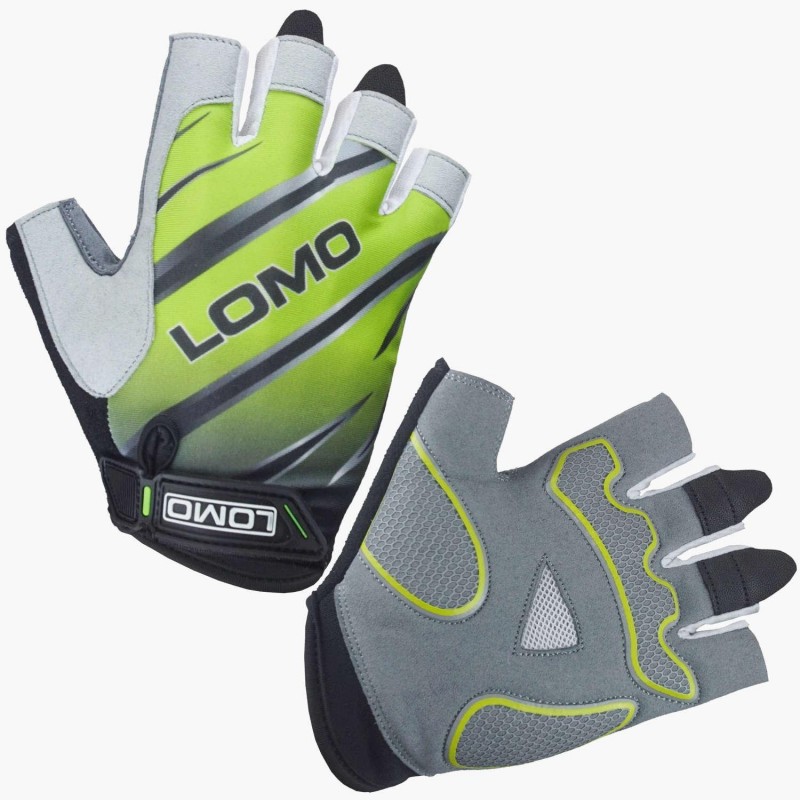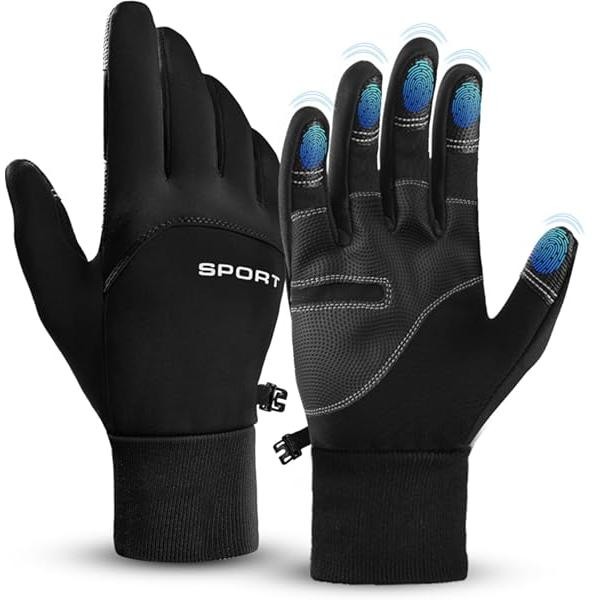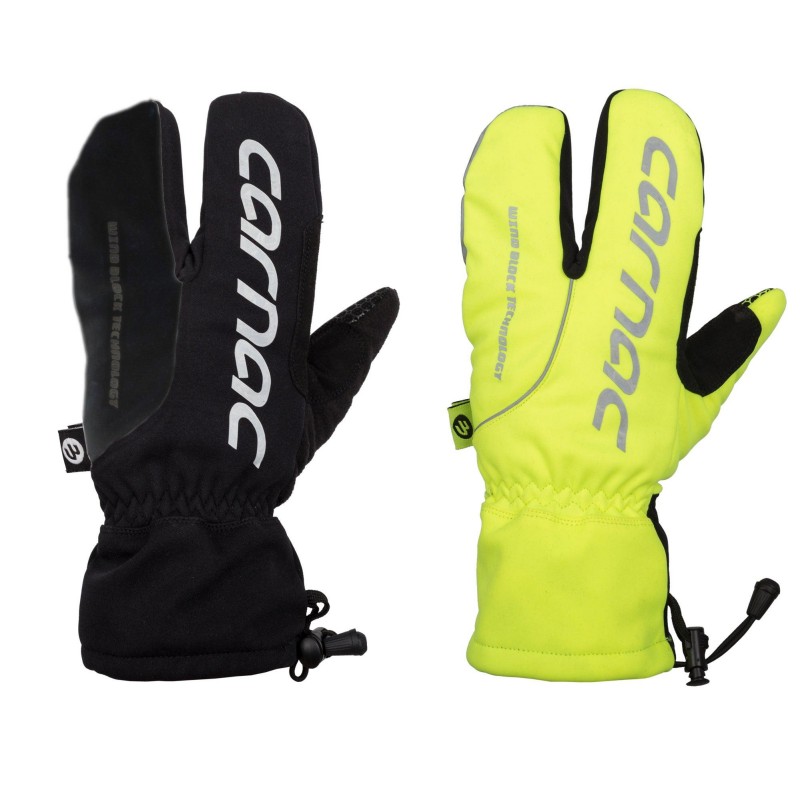When you invest in a new pair of motorcycle gloves, your primary goal is likely to achieve that perfect fit and comfort level quickly. However, new gloves can feel stiff and restrictive, detracting from your riding experience. Understanding how to break in motorcycle gloves is crucial not only for comfort but for overall safety while riding. Properly fitted gloves enhance grip, control, and dexterity, allowing you to navigate roads confidently. The break-in process can take time and requires a few specific techniques to ensure that your gloves mold perfectly to your hands without damaging them. This article will explore various methods for breaking in motorcycle gloves, discussing the materials and techniques involved, the importance of proper care, and tips for maintaining your gloves throughout their lifespan. Let’s dive deep into the process of transforming your new gloves from stiff and uncomfortable to perfectly tailored for your riding adventures.
Why Breaking in Motorcycle Gloves is Important
Understanding the importance of breaking in motorcycle gloves can significantly enhance your riding experience. When gloves are worn for the first time, they can feel rigid, potentially impairing movement and creating distractions while riding. Here’s why the break-in process should be a priority:
Comfort
Breaking in your motorcycle gloves is essential for achieving a comfortable fit. When gloves are too stiff, they can cause hand fatigue and discomfort during long rides. A break-in period allows the leather or synthetic materials to loosen up, creating a glove that fits the contours of your hands beautifully. This improved comfort translates to better concentration while riding.
Dexterity and Control
Motorcycle gloves should offer maximum dexterity to properly operate the bike controls. During the break-in process, the gloves become more pliable, allowing for better finger movement and grip on the handlebars. This flexibility is critical when quick reflexes are required, such as shifting gears or using brakes, ultimately contributing to safer riding.
Safety
Fitting gloves are crucial for protecting your hands in case of a fall or accident. If gloves are overly stiff or do not fit well, they may not provide adequate protection or could potentially slip off in an emergency. A properly broken-in glove hugs your hand securely while maintaining functionality.
Longevity
Investing time into breaking in your gloves can lead to a longer lifespan for the gloves themselves. When the material has been properly softened and adjusted to your hands, it’s less likely to suffer from wear over time. Proper maintenance and a thorough break-in process preserve the quality and protection your gloves offer.
Aesthetic Appeal
Many riders appreciate the aesthetic of weathered gloves that conform to the hand’s shape. The break-in process develops a custom look and feel that can enhance the overall appearance of your gear, showcasing the love and care you put into them.
Understanding Materials Used in Motorcycle Gloves
The type of material used in motorcycle gloves significantly affects both the fit and the break-in process. Common materials include leather, synthetic leather, and textile fabrics. Let’s explore each of these materials and their characteristics.
Leather
Leather is popular for motorcycle gloves due to its durability, natural flexibility, and protective features. There are different types of leather, such as cowhide, goatskin, and kangaroo leather, each offering unique qualities. Leather gloves tend to have a longer break-in period compared to synthetics but are highly valued for their longevity and comfort once fully broken in.
Synthetic Leather
Synthetic leather gloves offer an excellent alternative to traditional leather. They are often lighter, water-resistant, and typically come at a lower price point. While breaking in synthetic gloves may not take as long, they may lack the luxurious feel and durability of genuine leather. However, many synthetic options provide a decent level of comfort and flexibility without the extended break-in phase.
Textile
Textile gloves are made from blends of fabrics like nylon, polyester, or Kevlar. They are generally more breathable and lightweight, making them suitable for warmer weather riding. Textile gloves often require minimal break-in time, but they may not offer the same level of protection as leather gloves. It’s essential to evaluate the material’s strengths and weaknesses to determine which is best for your riding needs.
Step-by-Step Guide on How to Break in Motorcycle Gloves
Breaking in motorcycle gloves requires patience and the right techniques to ensure that the gloves soften without damaging them. Here’s a detailed step-by-step guide to effectively breaking in your gloves.
Step 1: Start Wearing Them
The first and most straightforward step in breaking in motorcycle gloves is simply to start wearing them. Wear the gloves around the house during daily activities to speed up the process. Aim for short periods initially, gradually increasing the time as the gloves start to soften. This method allows them to stretch and conform to the shape of your hands.
Step 2: Flex and Move Your Hands
To further assist with breaking in your gloves, spend some time flexing and moving your hands while wearing them. Clenching and unclenching your fists, cradling your palms, or even performing specific exercises can help loosen the material. This movement accelerates the molding process and contributes to achieving optimal comfort over time.
Step 3: Use Moisture to Soften the Material
Introducing moisture can significantly aid the break-in process, especially for leather gloves. However, it’s crucial to do this carefully to avoid damaging the material. Here’s how to effectively use moisture:
- Dampen the Gloves: Lightly mist the interior lining of the gloves with water. Ensure they don’t become soaking wet and avoid saturating the outer material. The aim is to slightly moisten them to make them more pliable.
- Wear the Gloves After Moistening: After lightly dampening the gloves, wear them for 30 minutes to an hour. The warmth from your hands helps the gloves mold to your fingers and palms more efficiently.
Step 4: Stretching Techniques
If your gloves feel particularly tight in specific areas, consider gentle stretching techniques to expedite the process:
- Finger Stretching: Use your fingers to gently stretch the gloves. Pull back on the fingers and palms while wearing them to allow the material to loosen. Be cautious not to overstretch or apply excessive force.
- Manual Stretching: For leather gloves, you may also try using a glove stretcher or inserting a soft ball (like a tennis ball) to help maintain the shape and stretch the material further.
Step 5: Break Them In Gradually
As you get accustomed to wearing your motorcycle gloves, gradually increase the duration of each wear. Consistently taking short rides, rather than long journeys at first, can help warm up the gloves and allow them to adapt more naturally. Just like with any break-in process, consistency is key.
Step 6: Use Conditioning Products
For leather gloves, consider using a leather conditioner designed to soften the material. Apply a small amount of conditioner with a soft cloth, following the manufacturer’s instructions. Conditioning products can further enhance the softness and flexibility, ensuring your gloves remain supple long after the break-in period.
Step 7: Inspect for Proper Fit and Comfort
Once you have completed the break-in process, it’s essential to assess your gloves for comfort and fit. If they feel comfortable, snug, and allow for dexterity without excessive tightness, you have successfully broken them in. However, if you notice discomfort or restrictions in movement, it may be an indication that the gloves are either not the right size or haven’t fully conformed.
Common Mistakes to Avoid
While breaking in motorcycle gloves is generally straightforward, there are common pitfalls riders should avoid to ensure the process goes smoothly:
Over-Wetting the Gloves
One significant mistake is over-wetting leather gloves. Excessive moisture can lead to damage, weakening the material or causing it to lose its shape. Always use water sparingly and follow recommended techniques for softening.
Skipping the Break-In Process
Some riders may be tempted to skip the break-in process altogether and immediately engage in long rides with stiff gloves. This is not advised, as it can lead to discomfort and potential injury. Allowing your gloves time to adapt significantly enhances your riding experience.
Ignoring Manufacturer Recommendations
Each brand and glove style may come with specific recommendations for breaking in. Ignoring these guidelines can result in complications. Always refer to the manufacturer’s instructions for the best results.
Neglecting Care and Maintenance
After breaking in your gloves, don’t neglect proper care. Leather and synthetic materials require maintenance that includes cleaning and conditioning. Neglecting this care can shorten the life of your gloves and reduce their effectiveness in protecting your hands.
Testing Comfort Only While Riding
While it’s essential to test how gloves feel while riding, it’s important to check comfort during other activities as well. Spend time adjusting your grip and hand position while wearing the gloves off the bike. This can help identify any areas of concern before hitting the road.
Long-Term Care Tips for Motorcycle Gloves
Once you’ve successfully broken in your gloves, it’s essential to care for them properly to extend their lifespan. Here are some long-term care tips to keep your motorcycle gloves in top condition:
Regular Cleaning
Keeping your gloves clean is vital, especially after rides in dirt, dust, or moisture. For leather gloves, use a damp cloth to wipe off grime and dirt. For synthetic gloves, follow the manufacturer’s cleaning instructions. Regular cleaning prevents debris from causing damage or affecting fit over time.
Conditioning Leather
For leather gloves, apply a quality leather conditioner every few months to maintain suppleness. Conditioning prevents the leather from drying out, cracking, and losing its protective qualities.
Drying Properly
If your gloves get wet, do not place them near direct heat sources like radiators or intense sunlight. Instead, allow them to air dry at room temperature to preserve their shape and integrity.
Storage Tips
When storing your gloves, keep them in a cool, dry place away from direct sunlight. Avoid folding or crushing them to maintain their shape. Utilizing glove bags or hangers can help preserve their condition.
Prompt Repairs
If you notice any signs of wear or damage, attend to them promptly. Small tears or fraying can worsen if left unattended. Consider patching them or seeking professional repairs to prolong their lifespan.
Conclusion
How to break in motorcycle gloves? Understanding how to break in motorcycle gloves properly is vital for achieving optimal comfort, flexibility, and safety while riding. By following the steps outlined in this article, you can effectively transform stiff new gloves into a perfect fit that enhances your riding experience. Not only does the break-in process contribute to comfort and dexterity, but it also ensures that your gloves provide the protection they are designed for.
Remember to be patient and consistent in your efforts, as the break-in period can take time. Incorporate proper care and maintenance practices long after the break-in phase to maximize the longevity and performance of your motorcycle gloves. Ultimately, a well-fitted, comfortable pair of gloves can make all the difference when navigating the roads. Enjoy your adventure, and ensure that your gloves work as an extension of your hands, providing you with safety and control on every ride.